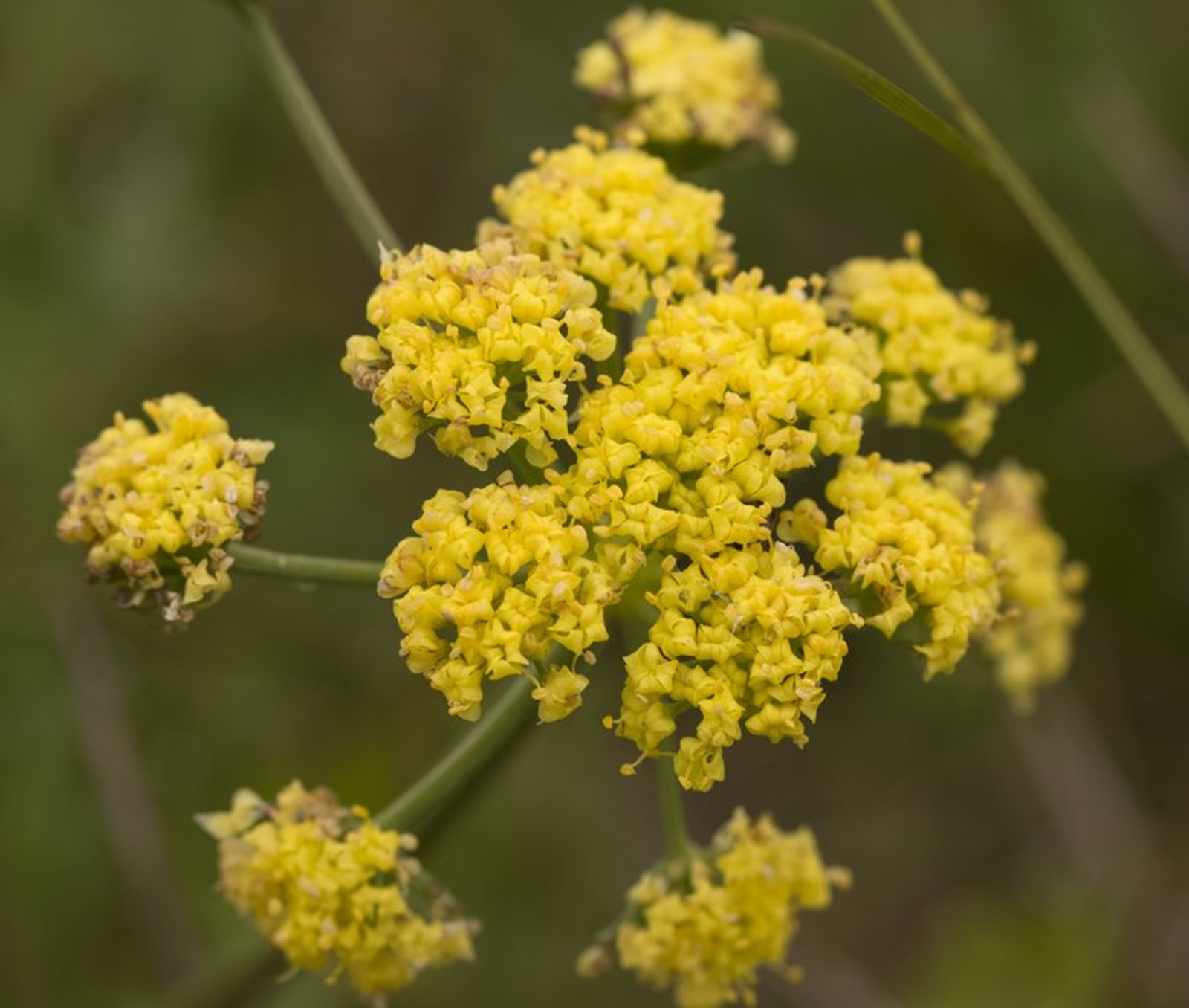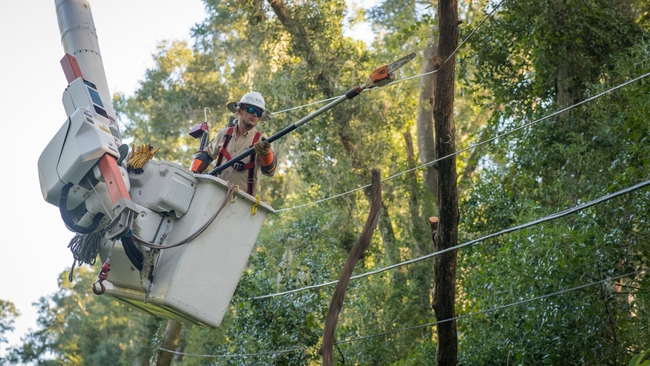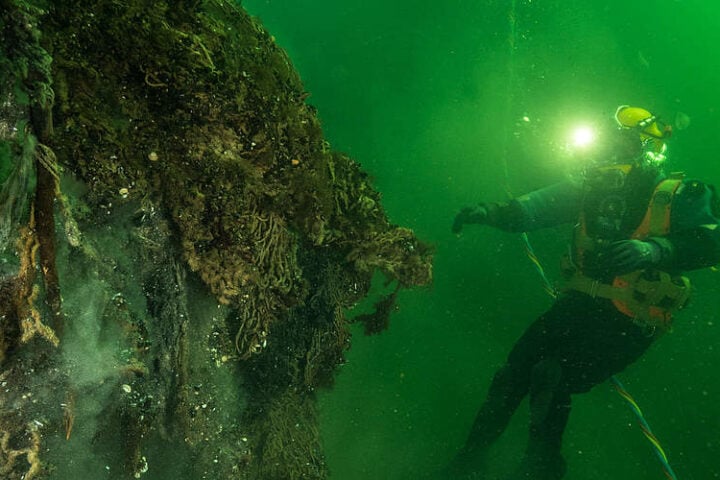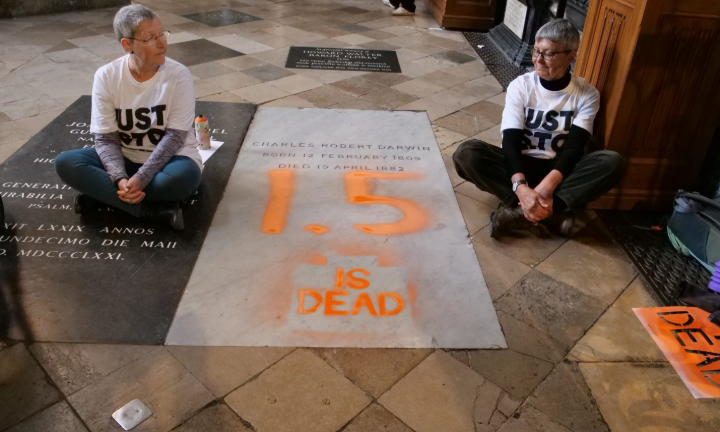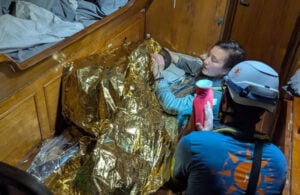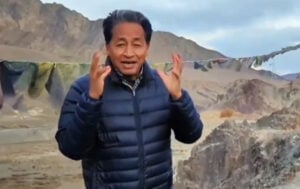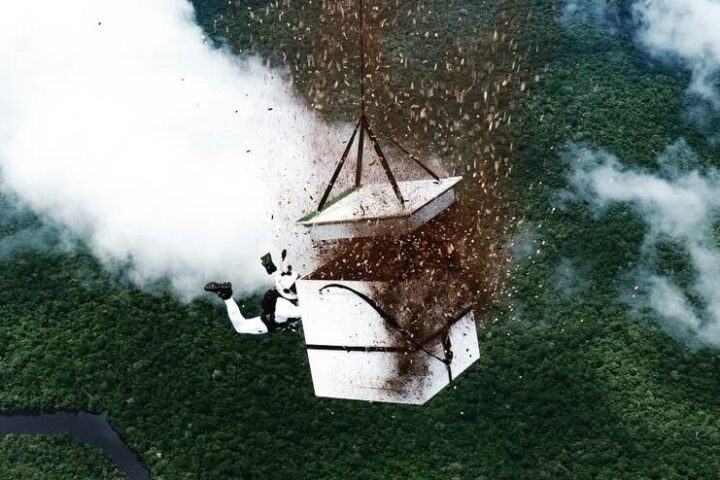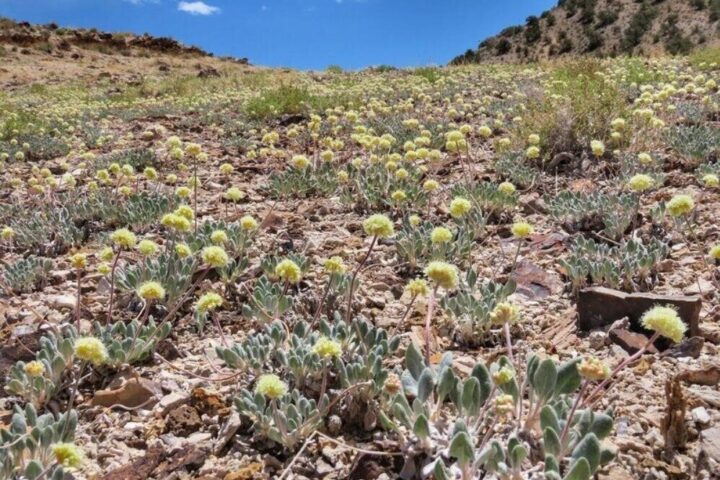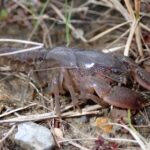The Camas Meadows Golf Course in Washington state has destroyed approximately 4 million Bradshaw’s lomatium plants (Lomatium bradshawii), eliminating nearly 90% of the global population of this rare prairie herb. The destruction occurred when the golf course plowed under 15 acres of wetlands, marking a severe setback for conservation efforts spanning three decades.
“The Camas Meadows Golf Course’s senseless decision to rototill 15 acres of wetlands and plow under nearly 4 million Bradshaw’s lomatium plants demands action,” said Noah Greenwald, endangered species director at the Center for Biological Diversity. The Center has formally requested intervention from both federal and state agencies.
The Past and Current Conservation Status
Bradshaw’s lomatium, a member of the carrot family (Apiaceae), inhabited the seasonally wet prairies of the Pacific Northwest for millennia. The plant received endangered species protection in 1988, when its population had dwindled due to habitat loss. After 33 years of conservation efforts, the U.S. Fish and Wildlife Service removed it from the endangered species list in 2021.
The golf course had previously supported conservation by implementing fall mowing practices when the plants were dormant. This three-decade-long management approach maintained the open conditions essential for the species’ survival. The recent decision to plow the area represents an abrupt departure from these established practices.
Current Population Status
The Washington state population of Bradshaw’s lomatium now primarily exists in two locations:
- A severely damaged population at Camas Meadows Golf Course.
- A small population at Lacamas Prairie Preserve under state management.
Oregon maintains 24 scattered populations, many on private lands without formal protection measures. The loss at Camas Meadows creates an urgent need to reassess the species’ survival strategy.
Scientific and Legal Implications
The Center for Biological Diversity has identified critical oversights in the 2021 delisting decision. The U.S. Fish and Wildlife Service acknowledged the lack of formal agreements to protect the golf course population but assumed the existing management practices would continue.
Matti Olson, co-owner of Camas Meadows Golf Course, stated that some habitat remains untilled and expressed optimism about plant recovery. However, Jesse Miller, lead state botanist for the Washington natural heritage program, has noted that while some plants might resprout, the soil disturbance could fundamentally alter the habitat conditions required for the species’ survival.
Similar Posts
Legal Actions and Agency Response
The Washington State Department of Ecology has initiated an investigation into potential violations of the Water Pollution Control Act, as the golf course did not obtain required permits before altering the wetland habitat. The Center for Biological Diversity has requested:
- The U.S. Fish and Wildlife Service restore endangered species protection.
- State authorities investigate wetland regulation violations.
- Implementation of fines and preventive measures against future habitat destruction.
“The Endangered Species Act is a tremendously successful law,” Greenwald noted. “It’s important to recognize this success and reduce protections when that’s warranted. But in this case other protections weren’t in place and these irreplaceable plants are paying the price.”
Ecological Significance
Bradshaw’s lomatium requires specific habitat conditions:
- Open, seasonally wet prairie environments.
- Periodic disturbance through natural processes like flooding or fire.
- Specialized soil conditions that support root development.
The species serves as an indicator of healthy prairie wetland ecosystems, which have become increasingly rare in the Pacific Northwest. These habitats support numerous other species and maintain critical ecological functions in the region’s water systems.
Conservation Path Forward
The crisis at Camas Meadows exposes the vulnerabilities in current rare plant protection strategies. Conservation scientists emphasize the need for:
- Formal protection agreements for populations on private lands.
- Enhanced monitoring of delisted species.
- Integration of Indigenous ecological knowledge in conservation planning.
- Development of seed banks and cultivation programs.
The U.S. Fish and Wildlife Service continues to evaluate the situation, considering the potential for emergency relisting under the Endangered Species Act. This case exemplifies the complexities of balancing economic development with preservation of rare species, particularly on private lands where federal protections have been removed.
